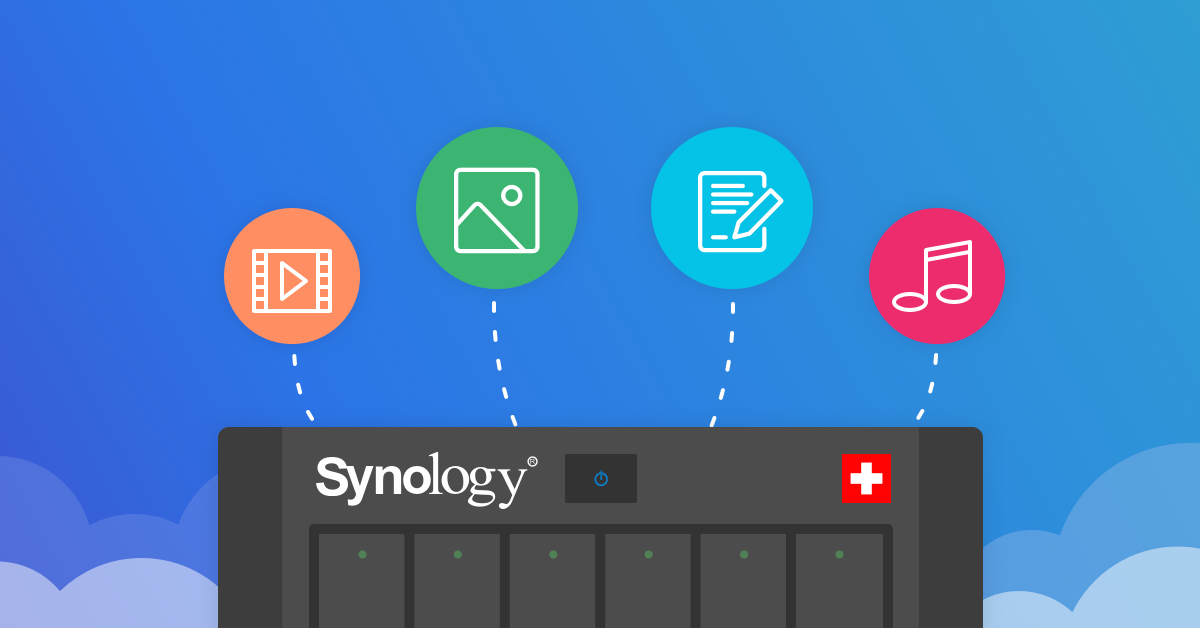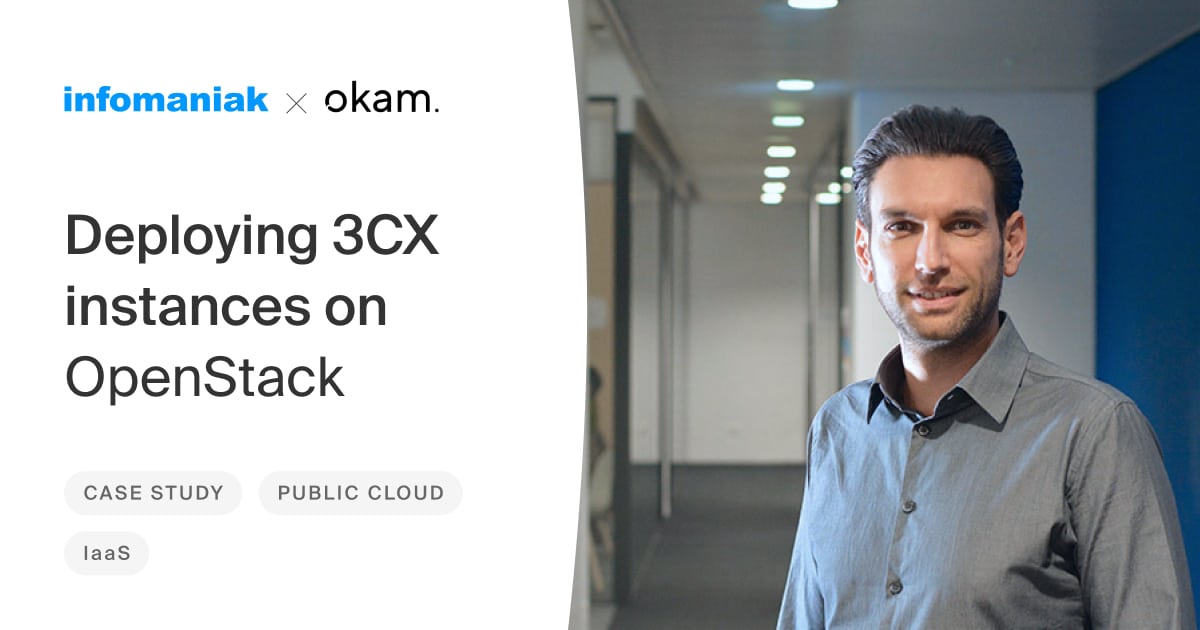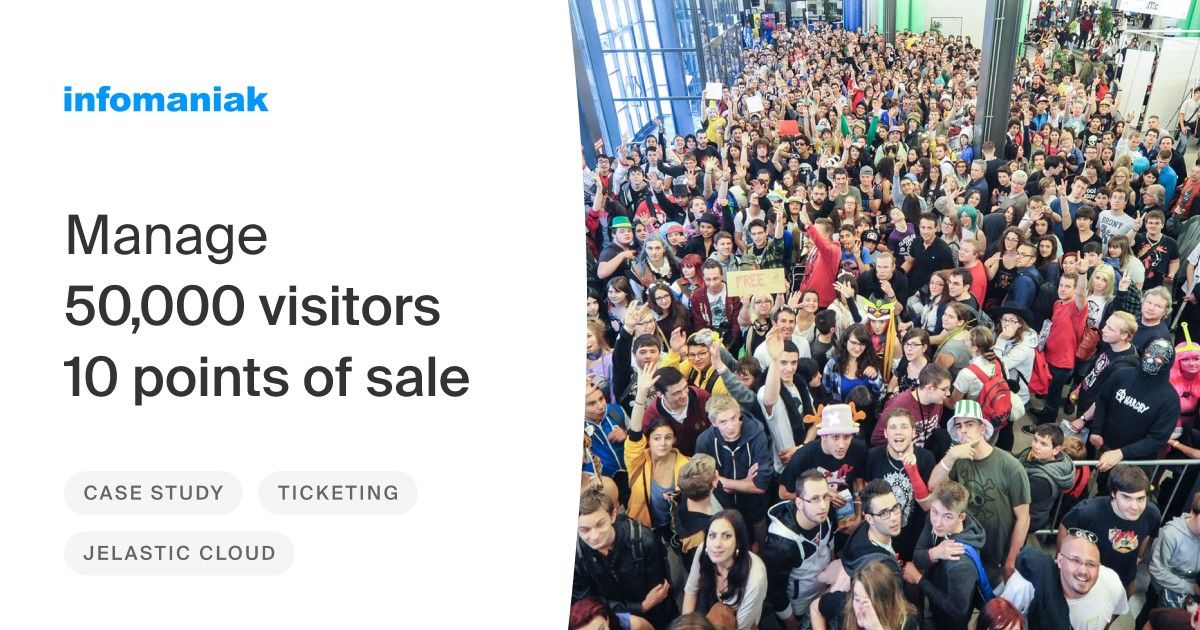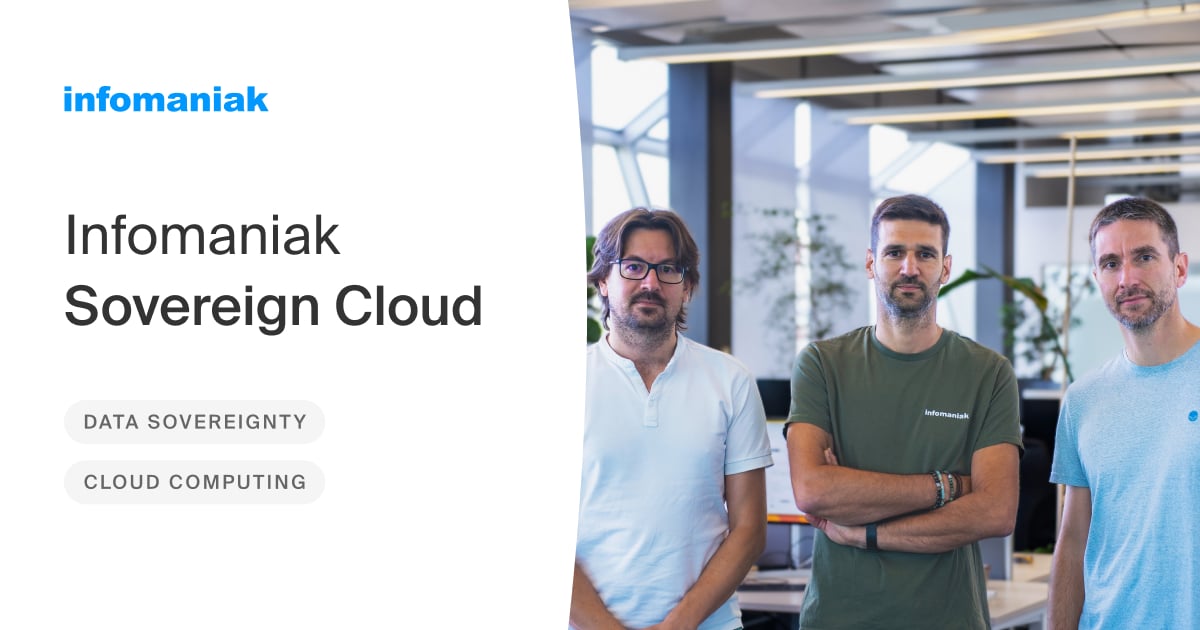Infomaniak’s Public Cloud is based on OpenStack, an open source technology that doesn’t make you captive to a proprietary solution, and guarantees data sovereignty. OpenStack is favoured by NASA, CERN, Tencent, Carrefour, Blizzard Entertainment and Nike. This international project is powered by a community of over 110,000 users and 1000-plus developers worldwide.
Why choose OpenStack? Is it difficult to use? How does OpenStack compare to the proprietary solutions of the web giants?
To find answers to these questions, we met with Helena Spease, one of the coordinators and managers of the OpenStack community.
Hello Helena, what exactly is OpenStack? How did this technology come about?
“OpenStack is a cloud-only operating system. It’s an open source project managed since 2012 by the Open Infrastructure Foundation (a.k.a. OpenInfra), formerly the OpenStack Foundation. The software was originally developed in 2010 as a joint project between NASA and a hosting company called Rackspace Hosting. The idea behind OpenStack is to control and bring together large pools of computing, storage and networking resources in data centers. It’s all managed and supplied by APIs with common authentication mechanisms. In a way, it’s the origin of the cloud. The project has expanded to include numerous components (OpenStack services, operating tools, service add-ons, integration tools, etc.). Each of these components has sub-projects that are managed and developed by more than 1000 contributors worldwide. They make more than 40,000 merged changes every year.”
How do people learn and train for OpenStack?
“With help from the community. OpenStack is an open source project that’s supported and operated by more than 110,000 members answering questions about deployments, upgrades, bugs, and so on. The community’s active on almost every platform, including mailing lists, IRC, Facebook, LinkedIn and Reddit.
When you need professional help or want to develop your own OpenStack expertise, the OpenStack marketplace is where you’ll find companies that provide consulting services and training.”
A growing global community
“The OpenStack community celebrated #10YearsofOpenStack in 2020. The global community came together virtually to mark this milestone, and contributors from all phases of OpenStack’s life shared memories of the adventure. And to celebrate OpenStack’s success over the last decade, we had a party with a cake and everything.”
Can OpenStack exist side-by-side with proprietary solutions?
“Sure. A hybrid cloud architecture is a very common way infrastructure operators use to deploy their cloud. In fact, according to Mordor Intelligence, the hybrid cloud market is expected to reach USD 145 billion by 2026. The most recent OpenStack user survey revealed that hundreds of users had other cloud environments interacting with their primary OpenStack deployment. This is due to the need to repatriate workloads to the type of cloud that makes the most sense. Factors such as security, cost control and efficiency impact the placement of applications in a hybrid cloud environment.”
Is it possible to move from AWS or Azure to OpenStack? What are the challenges, if any?
“That’s the beauty of the hybrid cloud: companies no longer have to choose. It’s now possible to run workloads on both proprietary and independent infrastructures at the same time. That said, there are a number of managed service providers that can help make this transition. Whether you’re moving entirely to an OpenStack public cloud or a managed private cloud, you’ll find OpenStack specialists ready to support you with the technology.”
Are there situations where you’d recommend competing solutions rather than OpenStack?
“OpenStack can seem austere, but it’s a good deal less complex than some of the solutions you see on the market. We know of teams of less than five people that have built massive infrastructures in under three weeks. The whole of Adobe’s cloud is managed by a staff of three. Organisations with unlimited budgets and no desire to build an in-house infrastructure team, or no desire to have ultimate control of their cloud environments, are unlikely to need the benefits of OpenStack. It really depends on the use case and the needs of the organisation.”
Who’s responsible for developing OpenStack? How does it work?
“Although the OpenInfra Foundation is responsible for managing the project and the community, the OpenStack project is developed by its global developer community. New versions of OpenStack are released twice a year, with contributors working asynchronously and synchronously to deliver it. The 24th version of OpenStack, Xena, will be available on 6 October. There’s a feedback loop between developers and operators to ensure that the software not only evolves, but also corrects bugs and use case issues. We also find that users are choosing the latest versions, due to the progress made in simplifying upgrades and maintenance. This toing and froing between developers and users is essential to the evolution of the project. The community’s maintenance of OpenStack would not be possible without the continued support of the Platinum, Gold and Silver members of the Open Infrastructure Foundation, of which Infomaniak is a member.”
What is the future of OpenStack in an increasingly proprietary ecosystem? How do you see it developing (also in terms of its financial viability)?
“The OpenStack welcomes the participation of proprietary players. A very recent example is that Microsoft has joined the OpenInfra Foundation as a Platinum member, the highest level of support an organisation can commit to. Our community believes in cross-border collaboration, which often means integrating open source components with proprietary ones. In fact, the most recent OpenStack user survey revealed that 40% of users with a hybrid cloud scenario were integrating their OpenStack cloud with Azure. The OpenStack and broader OpenInfra communities will continue to develop interoperable components that can easily integrate with other solutions while playing to the key strengths of open source such as cost effectiveness, flexibility and software backed by a global community.”
There’s no data sovereignty without control of the software
Data sovereignty needs at least three criteria to be met:
- The location of the data storage.
- The location where the software, technology or services that process the data are developed.
- The place of jurisdiction of the companies involved, both in terms of the infrastructure and the software that manipulates the data.
Migrating your IT to Infomaniak’s cloud means you have the following guarantees:
- Physical data management in Switzerland
- Data processed by an open source technology that doesn’t call into question Infomaniak’s Swiss legal jurisdiction
- Fair prices that aren’t dependent on a third party player based outside Switzerland
- Local support that speaks your language
As an official partner of the Open Infrastructure Foundation, which managers the OpenStack project, Infomaniak maintains close links with the members of the community. Our developers, like Thomas Goirand a.k.a. Zigo, contribute directly to OpenStack and other open source projects.
Find out more
Case study: Okam automates deployment of the 3CX communication platform in the Public Cloud
Tuesday December 12th, 2023
Polymanga uses the Infomaniak ticketing solution to manage 50,000 visitors
Monday November 20th, 2023

 Français
Français Deutsch
Deutsch Italiano
Italiano Español
Español




